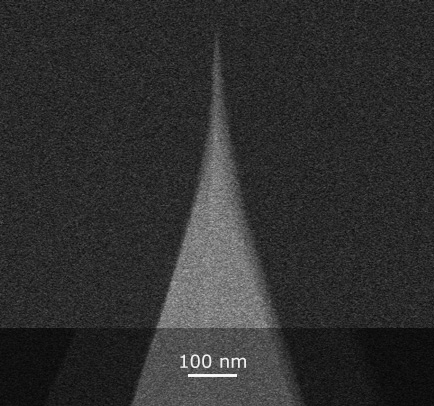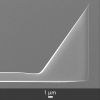
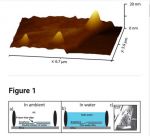
MikroMasch® HOPG ZYA as the graphene source and MikroMasch® HQ:NSC36/Al BS AFM Probe in useWed Jul 06 2022

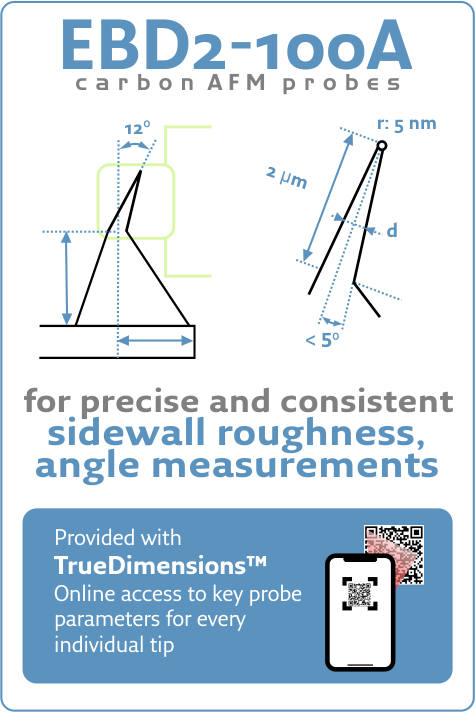
V-Groove and Rectangular Single Crystal Diamond Diffraction Gratings Characterized by SEM and AFMWed Jun 29 2022
- Title: High-quality single crystal diamond diffraction gratings fabricated by crystallographic etching
DOI: 10.1364/OE.27.030371 - Authors: Marcell Kiss, Teodoro Graziosi, Adrien Toros, Toralf Scharf, Christian Santschi, Olivier J. F. Martin, and Niels Quack
- Publication: Optics Express
- Publisher: Optica Publishing Group (formerly OSA)
- Date: October 14, 2019

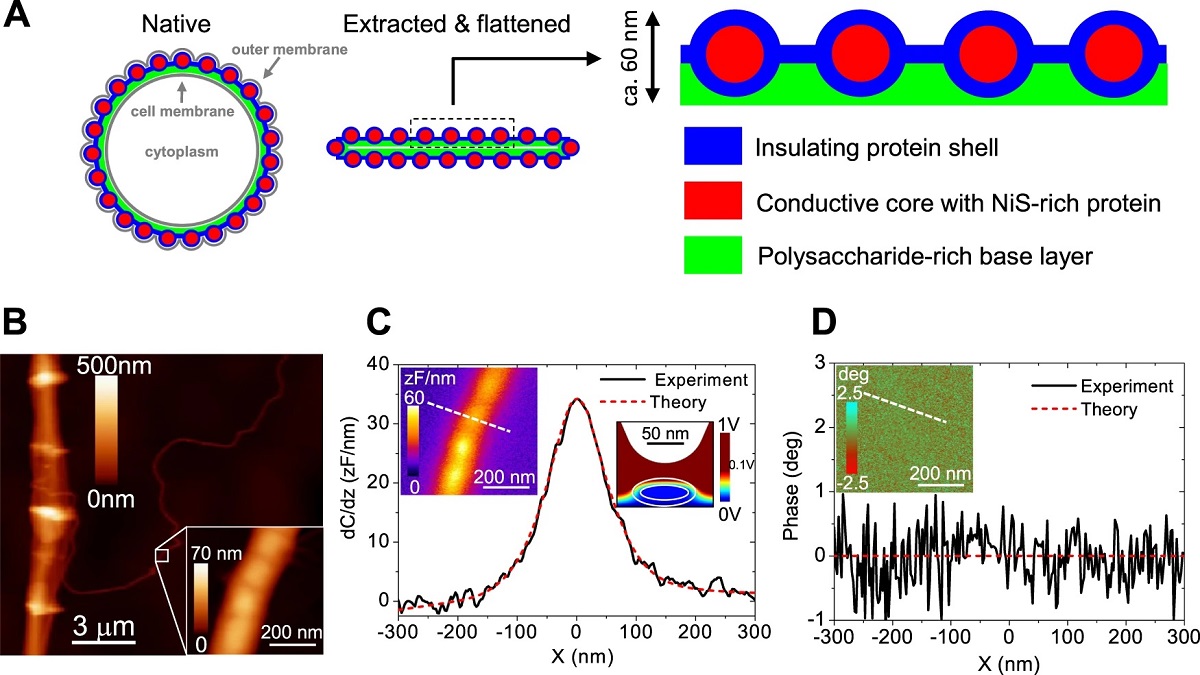

Real-time tracking of ionic nano-domains under shear flowMon Jun 20 2022
The behaviour of ions at solid–liquid interfaces underpins countless phenomena, from the conduction of nervous impulses to charge transfer in solar cells. In most cases, ions do not operate as isolated entities, but in conjunction with neighbouring ions and the surrounding solution. In aqueous solutions, recent studies suggest the existence of group dynamics through water-mediated clusters but results allowing direct tracking of ionic domains with atomic precision are scarce.
Read more...


Stress- and Time-Dependent Formation of Self-Lubricating In Situ Carbon (SLIC) Films on Catalytically-Active Noble AlloysThu Jun 16 2022
Although catalysis is a popular explanation for tribopolymer generation, the interplay of catalysis, mechanochemistry, and electrostatic interactions remain incompletely understood. There is consensus, however, that the mechanisms for forming a frictional polymer in situ require at least three conditions: the presence of organics, a catalytically-active substrate, and shear between surfaces (i.e., sliding contacts).
Continue reading...


BudgetSensors® ContDLC AFM Probes used in a recent studyMon Jun 13 2022

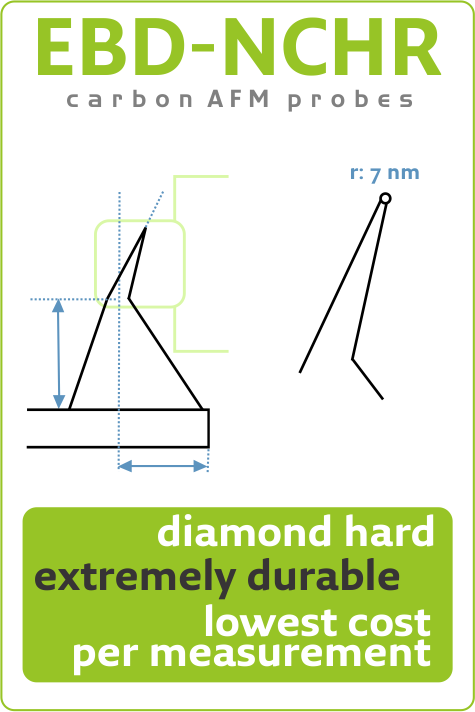
Studying MOCVD deposition of MoTe2 thin films on 8-inch SiO2/Si substratesThu Jun 09 2022
- Title: Wafer-Scale Epitaxial 1T′, 1T′–2H Mixed, and 2H Phases MoTe2 Thin Films Grown by Metal–Organic Chemical Vapor Deposition
DOI: 10.1002/admi.201800439 - Authors: TaeWan Kim, Hyeji Park, DaeHwa Joung, et al
- Publication: Advanced Materials Interfaces
- Publisher: John Wiley and Sons
- Date: Jun 4, 2018


Adsorption of SARS-CoV-2 Spike Protein S1 at Oxide Surfaces Studied by High-Speed Atomic Force MicroscopyWed Jun 08 2022
#CoronavirusSpikeProtein #molecularbiology #videorateAFM #高速AFMプローブ #高速原子力显微镜 #AFMprobes


Today we remember the late Heinrich Rohrer.Mon Jun 06 2022

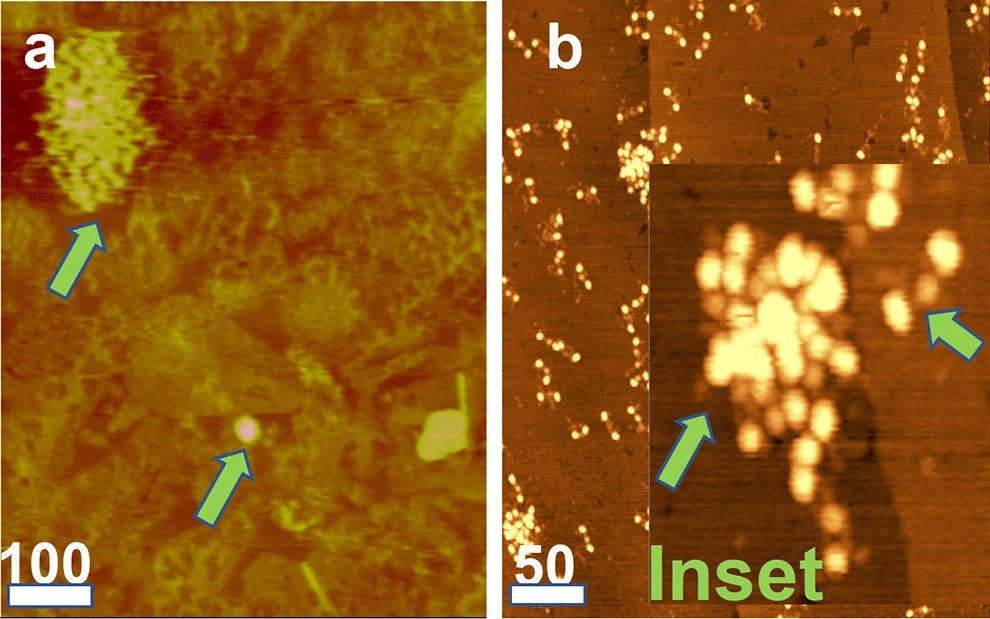
Novel characteristics of soluble fibrin: hypercoagulability and acceleration of blood sedimentation rate mediated by its generation of erythrocyte-linked fibersSat Jun 04 2022
Soluble fibrin (SF) in blood consists of monomers lacking both fibrinopeptides A with a minor population in multimeric clusters. It is a substantial component of isolated fibrinogen (fg), which spontaneously self-assembles into protofibrils progressing to fibers at sub-physiologic temperatures, a process enhanced by adsorption to hydrophobic and some metal surfaces.
Read more...

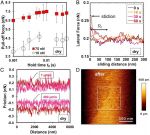
Modified MikroMasch® HQ:CSC37/No Al AFM Probes with increased AFM tip radius have been used for the friction measurements.Fri May 27 2022


Influence of B/N co-doping on electrical and photoluminescence properties of CVD grown homoepitaxial diamond filmsWed May 25 2022
Boron doped diamond (BDD) has great potential in electrical, and electrochemical sensing applications. The growth parameters, substrates, and synthesis method play a vital role in the preparation of semiconducting BDD to metallic BDD. Doping of other elements along with boron (B) into diamond demonstrated improved efficacy of B doping and exceptional properties.
Read more...

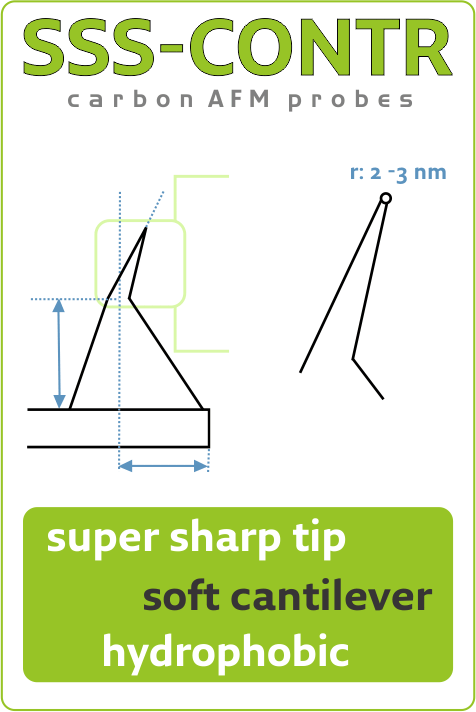
AFM with large and ultrasharp tips is used to explore arterial tissue stiffness at two scalesTue May 17 2022
- Title: Revealing Layer-Specific Ultrastructure and Nanomechanics of Fibrillar Collagen in Human Aorta via Atomic Force Microscopy Testing: Implications on Tissue Mechanics at Macroscopic Scale
DOI: 10.1002/anbr.202100159 - Authors: Meisam Asgari, Neda Latifi, Francesco Giovanniello, Horacio D. Espinosa, Marco Amabili
- Publication: Advanced NanoBiomed Research
- Publisher: Wiley Online Library
- Date: 10 February 2022
https://nanotools.com/blog/afm-with-large-and-ultrasharp-tips-is-used-to-explore-arterial-tissue-stiffness-at-two-scales.html
#AFM #metrology #topography #microscopy #nanotechnology

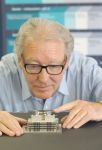
Happy birthday, Prof. Christoph Gerber!Sun May 15 2022
Happy 80th anniversary to the Swiss professor Christoph Gerber, co-inventor of the Atomic Force Microscope!


BudgetSensors® new post!Wed May 11 2022




Piezoelectricity of green carp scalesThu May 05 2022
Today is Children’s Day in Japan and many mulit-colored carp-shaped koinobori streamers are fluttering in the wind.
So it is the perfect day to repost and share the publication “Piezoelectricity of green carp scales” by Y. Jiang et al. with you.
Read about it on NanoWorld® Blog


MikroMasch® HQ:NSC18/Pt used in a recent studyMon May 02 2022

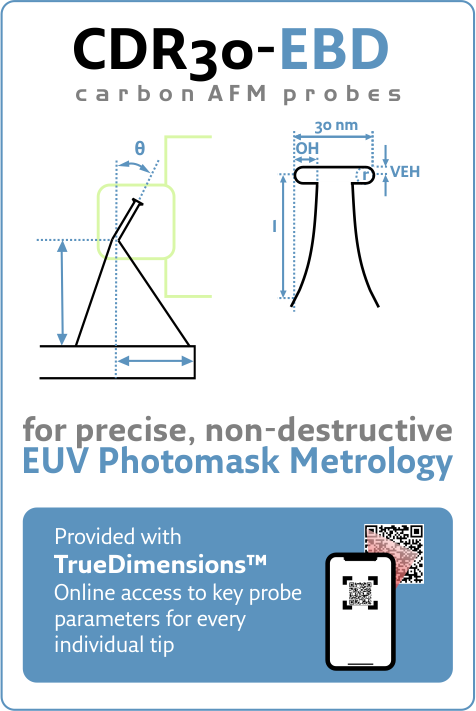
German National Metrology Institute (PTB) Scientists study CD-AFM and TEM for reference EUV Photomask MetrologyWed Apr 13 2022
- Title: Comparison of EUV Photomask Metrology Between CD‑AFM and TEM
DOI: 10.1007/s41871-022-00124-y - Authors: Gaoliang Dai, Kai Hahm, Lipfert Sebastian and Markus Heidelmann
- Publication: Nanomanufacturing and Metrology
- Publisher: Springer Nature
- Date: February 3, 2022

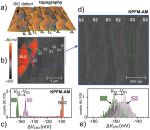
BudgetSensors® ElectriTap300-G platinum coated AFM probes used in a recentWed Apr 06 2022
Silicon carbide stacking-order-induced doping variation in epitaxial graphene is analyzed with KPFM measurements using our ElectriTap300-G platinum coated AFM probes.


